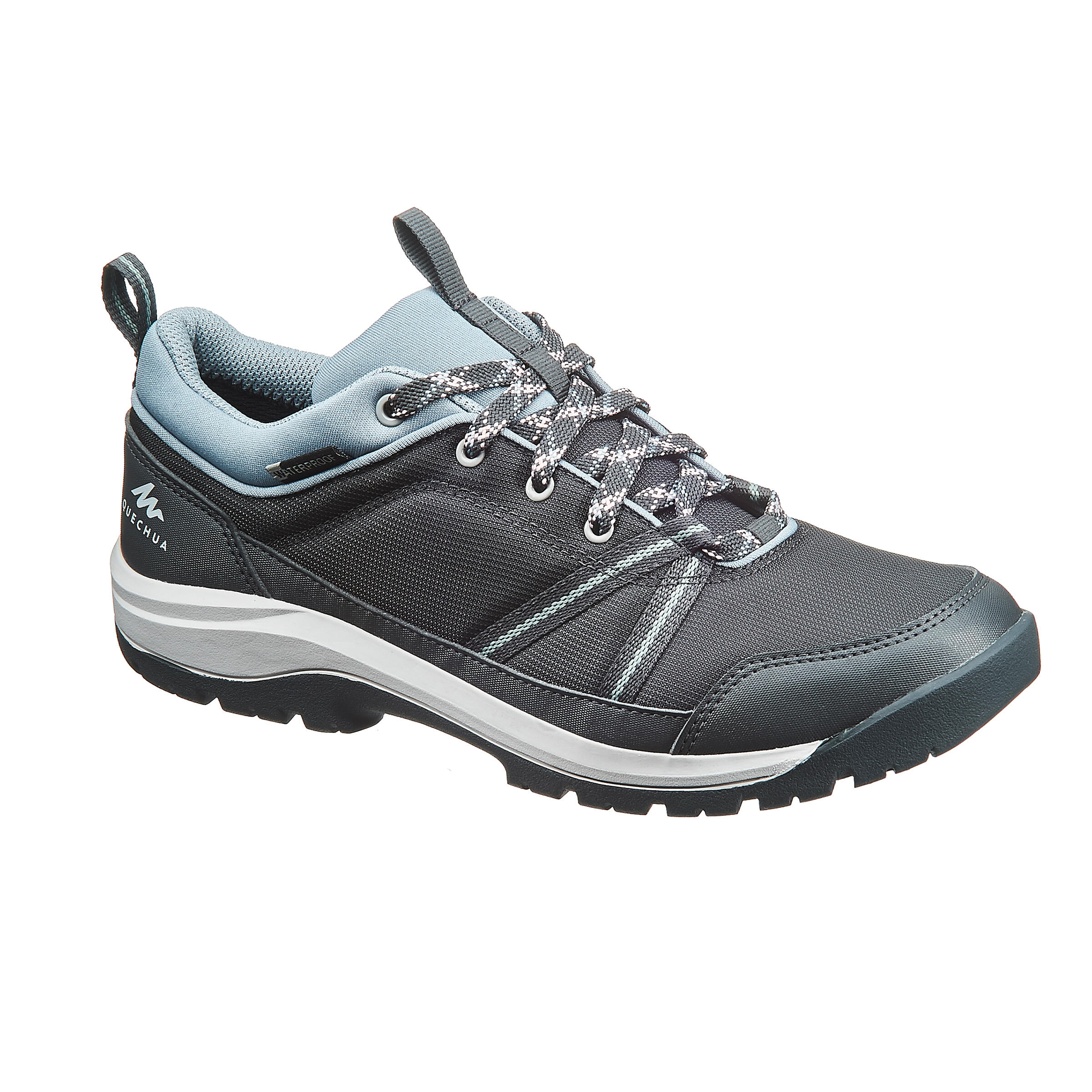5 Ways Hiking Boots Handle Water

When it comes to hiking, one of the most significant challenges hikers face is navigating through wet and unpredictable terrain. Water can be a major obstacle, whether it’s crossing streams, trudging through mud, or hiking in rainy conditions. A good pair of hiking boots can make all the difference in keeping your feet dry and comfortable. But have you ever wondered how hiking boots handle water? Let’s dive into the world of waterproofing and explore the different ways hiking boots keep your feet dry.
1. Membrane Technology
One of the most common methods used in hiking boots to handle water is membrane technology. This involves incorporating a thin, porous membrane into the boot’s material that allows moisture to escape while keeping water out. The most well-known example of this technology is Gore-Tex, but other brands like eVent and similar proprietary technologies also offer excellent waterproofing and breathability. This membrane is usually sandwiched between the outer material of the boot and the lining, creating a barrier that prevents water from entering while allowing sweat to escape, thus keeping your feet dry and comfortable.
2. Waterproof Coatings
Another way hiking boots handle water is through the application of waterproof coatings. These coatings can be applied to the exterior of the boot and are designed to repel water. The most common types of coatings include wax-based treatments, silicone sprays, and polyurethane coatings. While these coatings can provide a level of water resistance, they may not be as effective as membrane technology in completely waterproofing the boot. However, they are easier to apply and can be reapplied over time as the coating wears off, making them a practical option for boots that are not fully waterproof.
3. Seam Sealing
Seam sealing is a critical process in ensuring that hiking boots remain waterproof. Even with a waterproof membrane, if the seams of the boot are not properly sealed, water can still enter. Seam sealing involves applying a special kind of tape or adhesive to the seams from the inside of the boot, covering any holes or gaps where water might penetrate. This is particularly important in areas like the toe cap and the eyelets where laces pass through, as these are common entry points for water. High-quality hiking boots will have their seams sealed at the factory, but it’s also possible to apply seam sealer yourself to older boots or to reapply it over time as needed.
4. Gusseted Tongues
A gusseted tongue is a design feature in some hiking boots that helps to keep water out. Unlike standard tongues that are merely attached at the top and bottom, a gusseted tongue is connected to the rest of the boot along its sides as well, creating a sealed pocket that prevents water and debris from entering the boot through the lacing system. This design is especially useful in boots that are not fully waterproof, as it provides an additional barrier against water entry. While not a substitute for proper waterproofing, a gusseted tongue can be a valuable feature in wet conditions.
5. Full Waterproof Linings
Some hiking boots incorporate full waterproof linings as part of their design. These linings are made from waterproof and breathable materials that line the entirety of the boot’s interior. Unlike membrane technology, which is often applied only in certain areas or as a layer within the boot’s construction, full waterproof linings ensure that every part of the boot that comes into contact with the foot is protected against water. This can be particularly beneficial in extreme wet conditions or for hikers who plan to cross deep water or hike in prolonged rainy conditions. However, full waterproof linings can sometimes compromise breathability, potentially leading to more sweat buildup inside the boot.
Conclusion
In conclusion, hiking boots handle water through a variety of innovative technologies and design features. From the sophisticated membrane technologies that balance waterproofing with breathability, to the simpler yet effective applications of waterproof coatings and seam sealing, each method plays a crucial role in keeping feet dry and comfortable on the trail. Whether you’re navigating through muddy trails, crossing rivers, or hiking under the rain, understanding how your hiking boots are designed to handle water can significantly enhance your hiking experience. By choosing the right pair of boots for your hiking needs and maintaining them properly, you can ensure that your feet remain dry and comfortable, even in the most challenging wet conditions.
Frequently Asked Questions
What is the most effective way to keep hiking boots waterproof?
+The most effective way to keep hiking boots waterproof is through a combination of membrane technology and proper maintenance, including regular cleaning and the application of waterproofing treatments as needed.
How often should I reapply waterproofing to my hiking boots?
+The frequency of reapplying waterproofing to your hiking boots depends on how often you use them and the conditions you hike in. As a general rule, if you notice the water resistance of your boots starting to diminish, it's time to reapply a waterproofing treatment.
Can I make my non-waterproof hiking boots waterproof?
+While it's possible to increase the water resistance of non-waterproof hiking boots through the use of waterproofing sprays and treatments, making them fully waterproof may not be possible without significant modifications. It's often more effective and practical to invest in a pair of boots that are designed to be waterproof from the outset.
By delving into the specifics of how hiking boots are engineered to handle water, hikers can make more informed decisions about their gear, ultimately enhancing their overall hiking experience. Whether you’re a seasoned hiker or just starting out, understanding the technologies and design features that go into making hiking boots waterproof can be a valuable asset on the trail.



